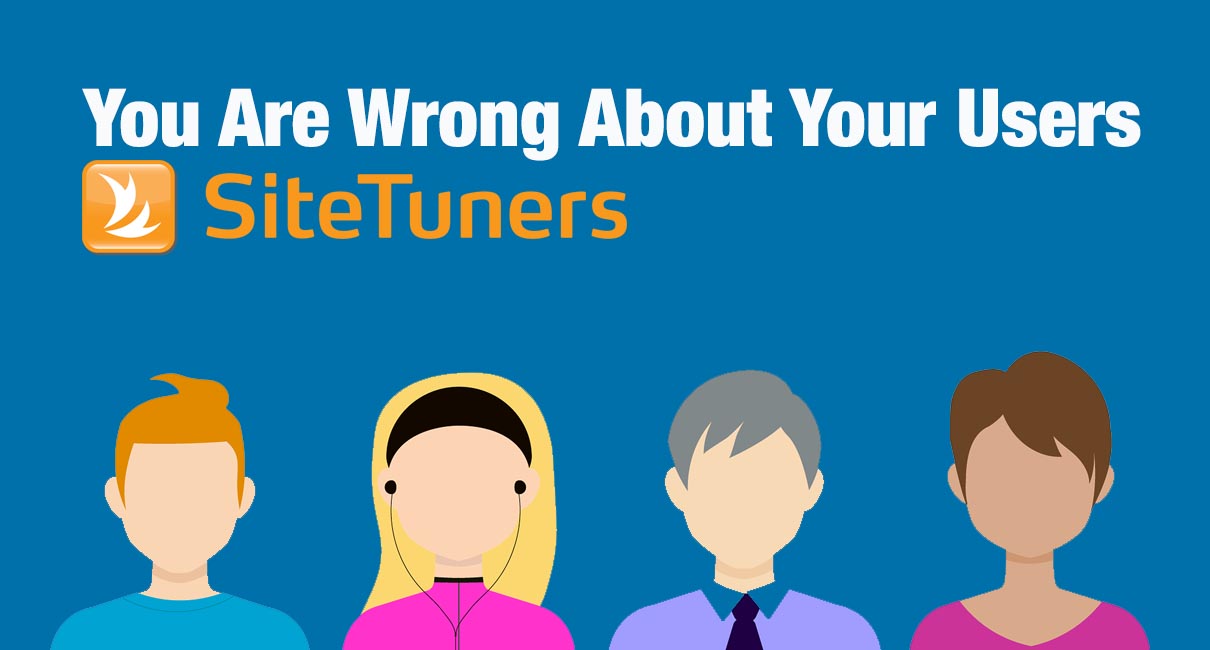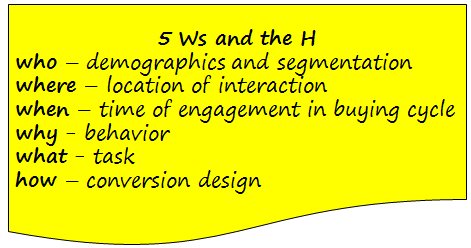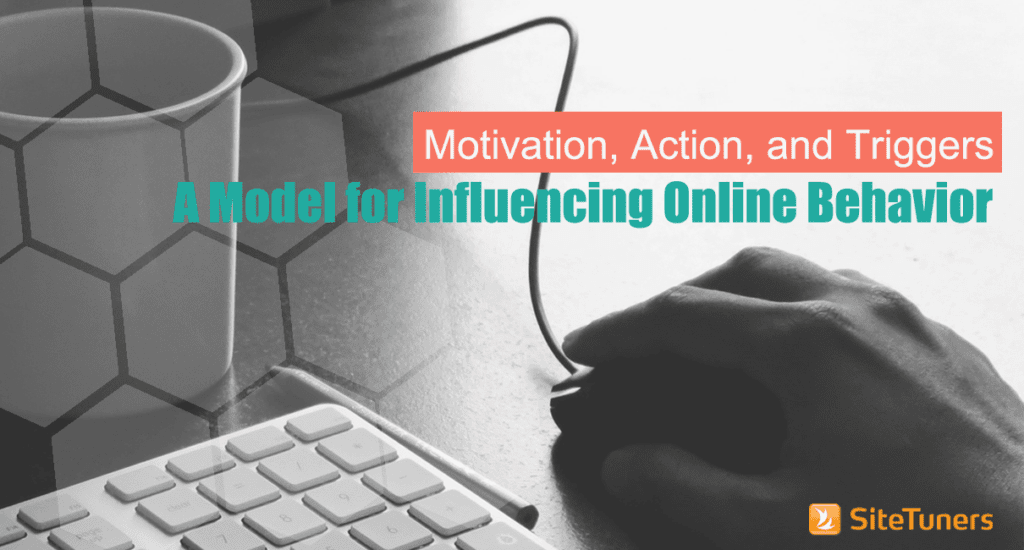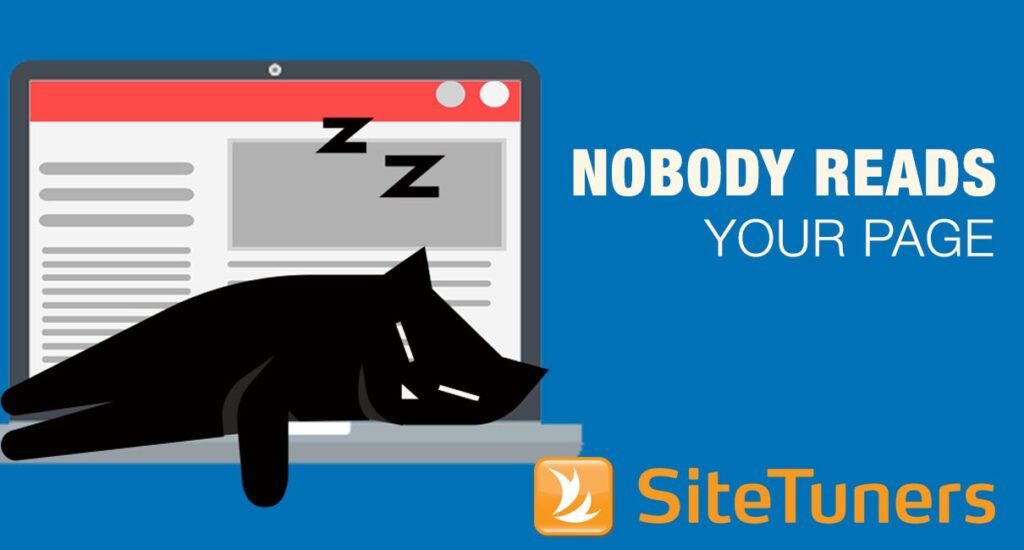
Larry Marine, usability expert and founder of Intuitive Design & Research, summarizes it this way:
Now, granted, if you have combined webmaster data to infer intent about searcher needs and position in the buying cycle, combined that with behavior and referral data from clickstream analysis, applied modeling from your qualitative tool to see visitor intentions and roles for those users, have run several tests and waited for statistical significance, then you may be ahead of the curve, and know your audience.
But the vast majority of web site owners do not have the resources to reach that level of precision. So at a minimum, everyone should be looking at audiences with the correct questions in mind.
Data Gathering
When attempting to gather this data, note the key limitations in both your software and the type of information you are collecting.
1. Certain types of software use sampling, (advanced segmentation in Google Analytics, for example) qualitative data may take a while to acquire, and require longer periods to reach statistical significance.
2. The type of data being collected may be seasonal, or may have a changing audience mix over time.
Some Content Management Systems adapt to analytics data and dynamically present different types of content when, say, a role is different.
User Models
Whether for usability tests or dynamic navigation, it helps to start with what type of information you want to start with about your audience. There are advantages to using personas, and advantages to using roles, but whatever the model, it’s always critical to examine the user intent, and task.
Personas
At their core, personas are representations of a subset of people. They typically contain demographics, job title and major responsibilities, goals and tasks, the environment, names, pictures, and quotes that sum up what matters to them.
Say that Jim is a 46 year-old, American who has a degree in psychology (demographics), he’s an HR Manager (job title) and he uses Internet Explorer 7 on a 1024 x 768 screen. (environment). What does that mean for your usability test?
• On average, the tested alternatives should assign more weight to dexterity issues, motor load matters more than usual, and buttons that have larger hotspots will carry more weight.
• On average, text contrast matters more, and larger font sizes have an edge.
Remember that the question for personas is not “What will work for Jim?” but rather, “On average, which of the tested alternatives will Jim prefer?”
These are used for a series of tests, and it’s very rare to see a first proposed solution be accepted as is. User-Centered-Design is an iterative process.
Roles
Roles are simpler and more stable. They are functions with tasks – combined with the AIDA model (Attention, Interest, Desire, Action), they ensure that you have thought through in detail how to guide the right people, through the right activities, in the correct order.
Next: “Do You Understand the User’s Decision Process?” SiteTuners dives into the heart of the AIDA model.
Take your conversions to the next level.Learn how our experts at SiteTuners can help kickstart your conversion rate optimization process or get better results from your CRO efforts. Give us 30 minutes, and we’ll show you a roadmap to your digital growth! |




